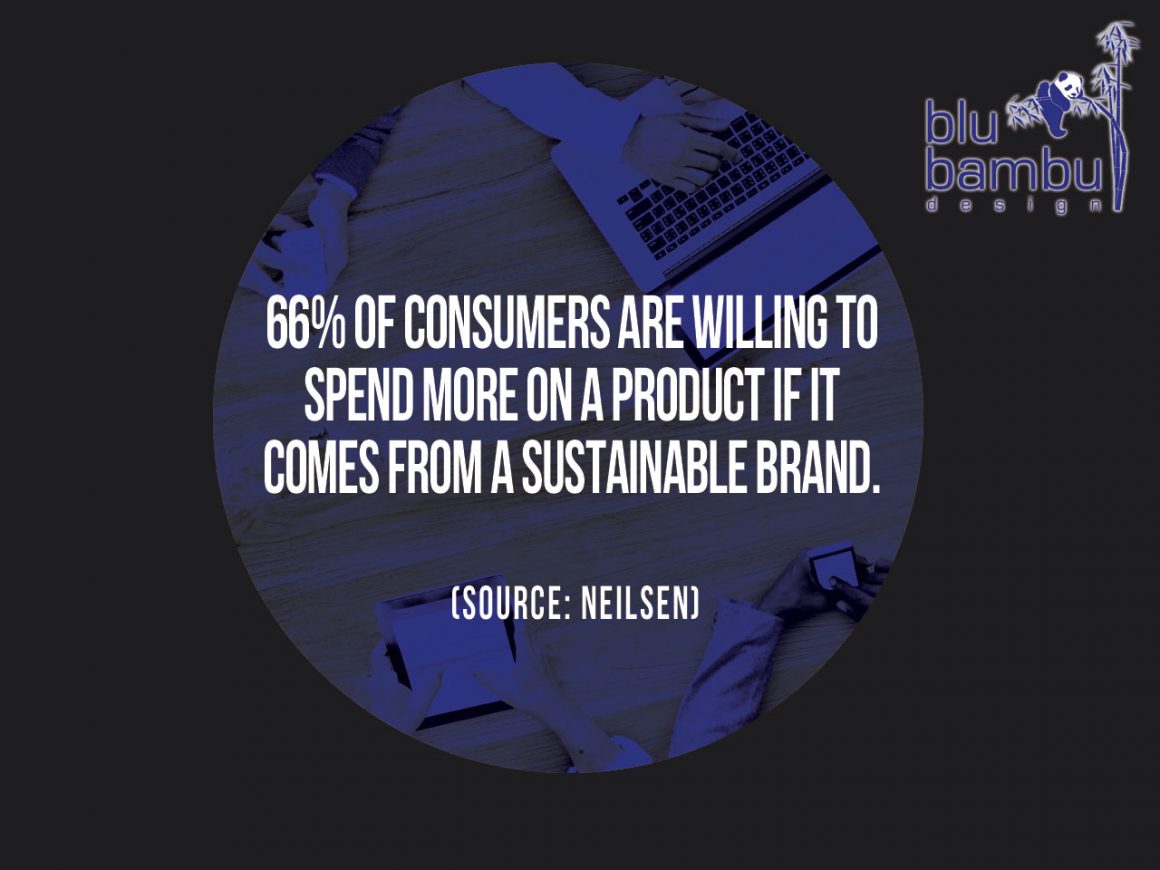By Archie Villeda
Blu Bambu wants to help you navigate the hazy minefield that can be Culturally Conscious Marketing so that you can maximize the effectiveness of your messaging and branding. We spoke with branding expert Celia Herrera – a nationally recognized brand manager and graphic designer – on the subject.
Culturally Conscious Marketing can be defined as paying enough attention to your brand and to your audience at the same time to be able to execute campaigns that come across as authentic no matter what cultural barriers you are trying to bridge or cross.
Brand Awareness
Be aware of your brand’s overall message and personality – be crystal clear on the services or products you provide.
Know Your Audience
pay attention to cultural nuances “is this offensive?” is a question that shouldn’t cross your mind in the development of your campaign. Due to media’s long track record of influence and the oncoming onslaught of consumer awareness you really don’t want to find yourself in a place where you are touting old ideas and stereotypes. Seek to empower and provide your audience with the language that will help them better connect with your brand.

Execution and Translation
Ideally we think of languages translating one – to – one, the reality is that most often times they don’t. We can try for shortcuts like Google Translate to get us out of a pinch but if you really want to be effective (and spare yourself the embarrassment of poor translation) with your culturally conscious marketing you’ll want to hire a professional – preferably someone that is in touch with your target audience. Be keenly aware of who you are marketing to and make sure that your content is representative.
Let’s look at some examples of two companies that demonstrate some great examples on what to do and not to do, when it comes to culturally conscious marketing. First one up is the McDonald’s “I’m Lovin’ It” campaign from the early 2000s.
Next up is Kia-ora’s ad. Check it out, but be warned the material may be offensive.
Conclusion
What was observed in these two ads was that while McDonald’s showed that they did their homework regarding their target demographic and the aesthetics that appealed to them at the time, Kia-ora clearly did not.
If you have questions or concerns regarding culturally conscious marketing please feel free to reach out to Blu Bambu and we’ll be happy to serve you and your audience.
Let's get started.
Harness the power of effective marketing for your business.
Schedule a consultation to see what's right for you.
